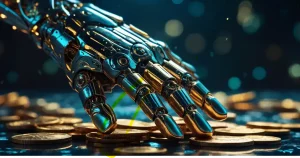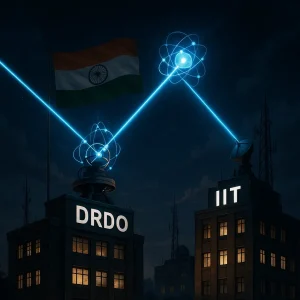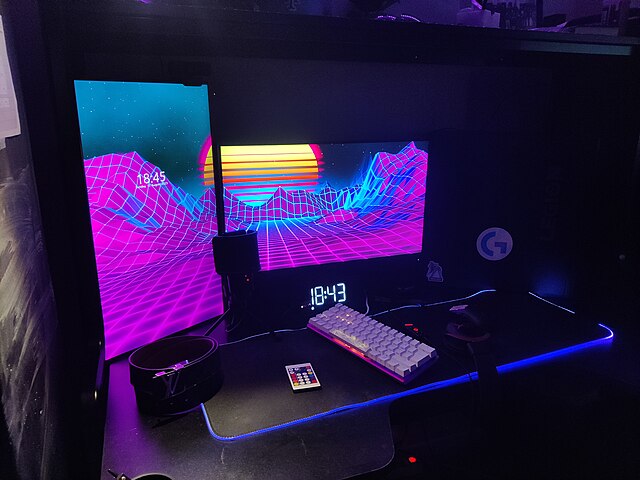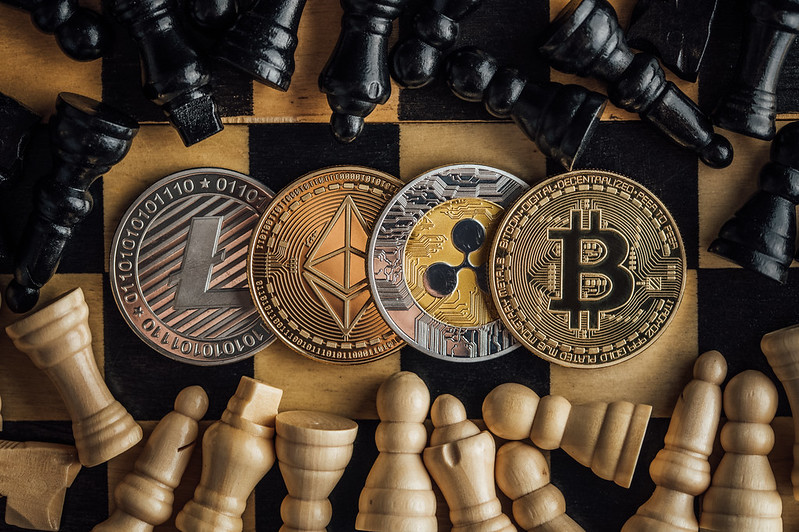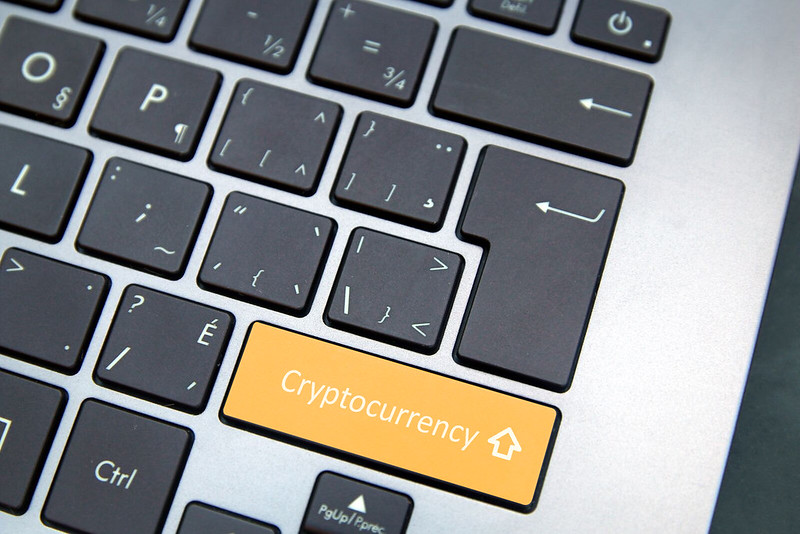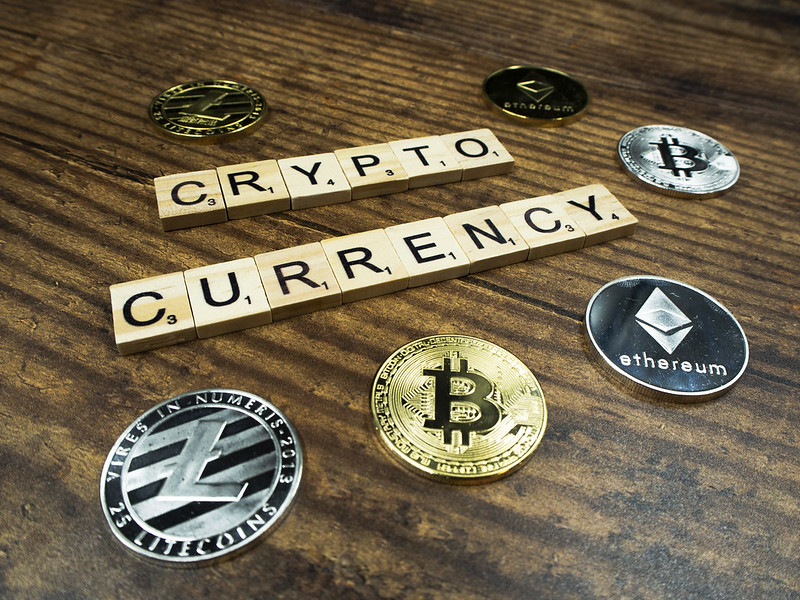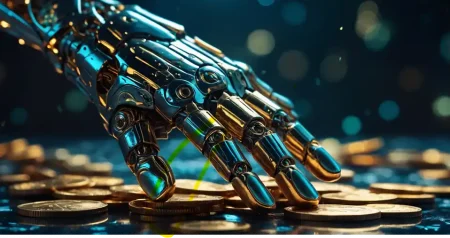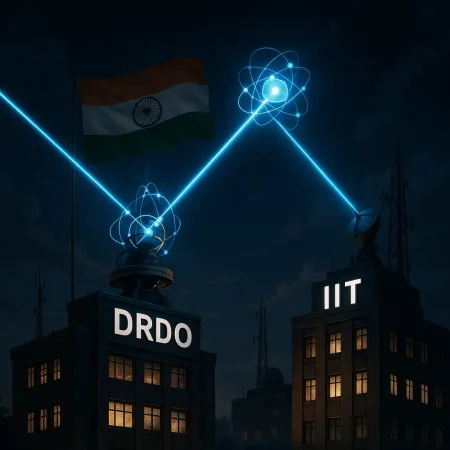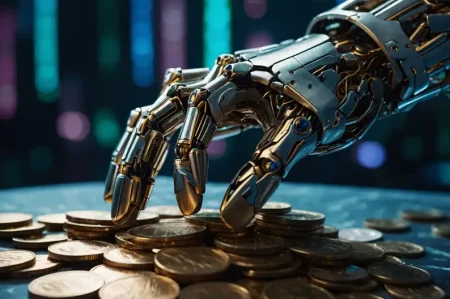2024 will be known for many things, one of which is the rise of crypto gaming. Blending blockchain technology with interactive entertainment, crypto gaming became a sensation across the globe.
In fact, they could very well be hailed as the disruptors of 2024’s crypto industry, with games like Hamster Combat – yes, you read that right – amassing millions of fans across the globe. If you’ve heard terms like blockchain gaming and NFT games, they all, including crypto gaming, fall under the umbrella of play-to-earn games.
Crypto games can store data and pay players as they use smart contracts and blockchain technology. This article delves into how crypto gaming works and why is everyone so excited about it.
How Does Crypto Gaming Work?
In essence, crypto gaming blends traditional gaming experiences with the innovative world that is cryptocurrency, and this integration entails a lot. For one, crypto gaming introduces currencies with real-world value. This is unlike the conventional virtual currencies like gold, gems, coins, etc. that gamers are usually accustomed to, which hold value only within the ecosystem of the specific game. So, due to the decentralized nature of blockchain, crypto gaming allows players to trade, earn, and even cash out their in-game assets.
Crypto games today not only feature currencies like Ethereum and Bitcoin, but they also incorporate NFTs (non-fungible tokens), which stand as unique digital assets. Moreover, every token holds specific details or attributes, making it not just distinct but also non-exchangeable on a one-to-one basis. This is significantly reshaping the modern gaming landscape for both players and game creators.
For creators, it’s a groundbreaking method to motivate players towards gameplay, thus pushing for deeper dedication and a connection from players. For players, there’s not just the appeal of in-game exhilaration but also the very real benefits that could translate to actual financial gains.
The Rise in Popularity Of Crypto Gaming
Blockchain technology revolutionized the digital asset landscape with its ability to democratize the ownership of digital assets via NFTs. Since an NFT assigns a unique identifier to every digital asset recorded on the blockchain, they are invaluable in certifying both the authenticity of the underlying asset as well as its ownership. This includes everything from physical merch and artwork to music and gaming assets. Usually, gamers purchase in-game assets like playable characters, skins, etc. without obtaining ownership.
Thus, any assets, characters, or weapons they would have acquired during the game are left behind once they leave the game completely. NFTs allow tying these assets to the wallet addresses of the users, allowing them to sell them on the marketplace provided within the game, or on a secondary NFT marketplace.
Does that mean that you can earn real-world money via crypto gaming? Not directly, at least. The NFTs or cryptocurrencies that you receive as rewards can be traded for fiat currency, that is currency that you can spend in the real world. Since you will earn fewer assets during the early stages of gameplay, you will tend to earn fewer assets, translating to making less money by playing. However, since the value of these assets fluctuates, holding onto assets might allow you to possibly trade them for more money sometime later.
What Do You Need For Crypto Gaming?
For starters, you need a cryptocurrency wallet to play such blockchain-based games. Once you’ve identified a few games that interest you, then the next step is to find out which crypto wallet you’ll need to play them. That’s because some games specifically use a certain cryptocurrency blockchain, so you won’t be able to play it unless you have a wallet pertaining to that specific cryptocurrency. After creating your crypto wallet, you can navigate to the game’s website and set up your account.
While some have web-based gaming environments, others require specific software. Some games even require players to purchase digital assets before they can play. For instance, you might have to purchase a governance token or a character NFT before interacting with the game.
Crypto Gaming Or Blockchain Gaming?
It’s also worth noting that the terms “crypto gaming” and “blockchain gaming” are used simultaneously sometimes, but they’re not exactly the same. Blockchain games use blockchain for decentralization, giving players true ownership of in-game assets and transparency, allowing them to verify value and rarity sans any central authority. On the other hand, the very essence of crypto gaming is the back-and-forth of cryptocurrency in the gaming system.
So, any traditional game that can integrate crypto as a reward method could transform into a crypto game. In the end, while all blockchain-based games could be crypto games, not every crypto game is necessarily a blockchain game.
Blockchain’s entry into gaming heralds a new era in gaming. It’s clear that crypto gaming transcends the realm of mere enjoyment and offers genuine and unique economic opportunities. While there are challenges surrounding the ecosystem, like potential hacks, scams, and fluctuating asset values, there’s no denying the fact that the crypto gaming ecosystem is here to stay and slay.
It’s not just about playing for the heck of it anymore – it’s about playing for fun while thriving and earning valuable digital assets.
In case you missed:
- Phantom Wallet: The Fastest-Growing Crypto Wallet
- Cloud Gaming: A New Era in Gaming
- Should I Use An Anonymous Crypto Wallet?
- A Beginner’s Guide to Cryptocurrency Trading in India – Part 1
- Here for the ‘Pi’: Pi Day 2 Updates for the Cryptocurrency
- Crypto Heists: How To Keep Your Cryptocurrency Safe?
- Everything you need to know about Pi Network
- A Beginner’s Guide to Cryptocurrency Trading in India – Part 2
- How AI Can Fortify Cryptocurrency Security
- Pi Day 2025: What Awaits The Pi Network on March 14th?
